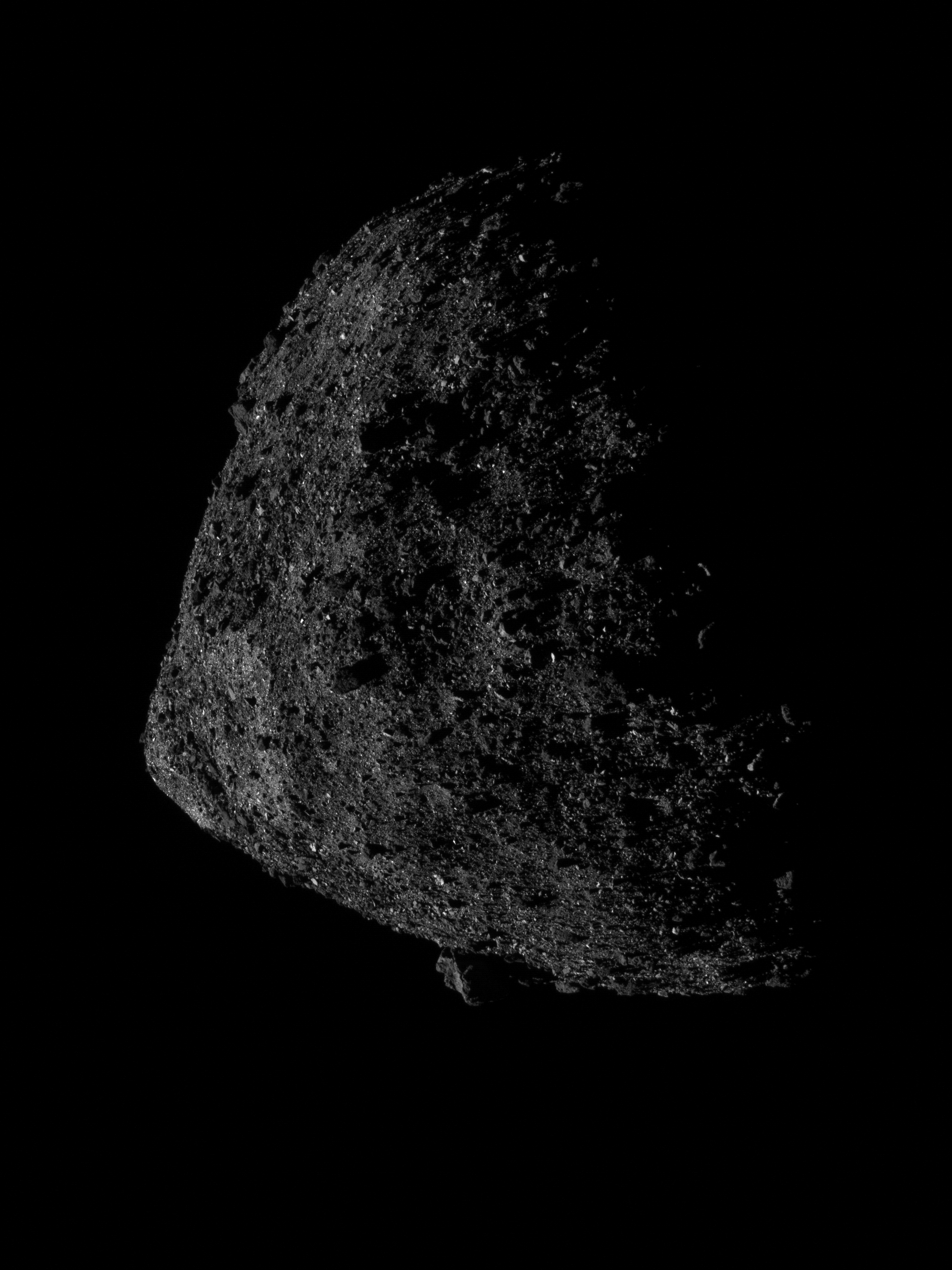Image


By Dr. Lisa Will, Resident Astronomer at the Fleet Science Center
What can scientists hope to learn from one of the oldest asteroids in our solar system? The possibilities are endless, and soon we’ll know a whole lot more as the OSIRIS-REx spacecraft dips to its lowest orbit yet around the asteroid Bennu. It’s already giving us an amazing close-up view, but that’s only the beginning.
Launched in 2016, the NASA spacecraft OSIRIS-REx—which stands for “Origins, Spectral Interpretation, Resource Identification, Security, Regolith Explorer”—has travelled nearly 1.3 billion miles over two years to reach Bennu. Bennu is a small carbonaceous asteroid, only about 0.3 miles wide. On December 31, 2018, OSIRIS-Rex went into orbit around the asteroid, making Bennu the smallest object ever orbited by a spacecraft. The primary goal of the OSIRIS-REx mission is to gather rocks and dirt off the asteroid, called regolith, and bring it back to Earth. Before attempting to land and gather the material, the spacecraft will image the surface of the asteroid to help pick out a good location to collect the sample. As of June 13, 2019, OSIRIS-REx has been orbiting a mere 0.4 miles above the surface of Bennu, This is the closest orbital distance of a celestial object ever achieved by a spacecraft. Features as small as 1.6 feet can been seen in the pictures taken from OSIRIS-REx The surface of Bennu is much rockier than predicted, so this closeup mapping is essential to find a good, safe location for the spacecraft to take the regolith sample.If you’re curious to know more, you can follow the OSIRIS-REx spacecraft on Twitter and Facebook.
https://www.facebook.com/OSIRISREx
Wishing you clear skies!